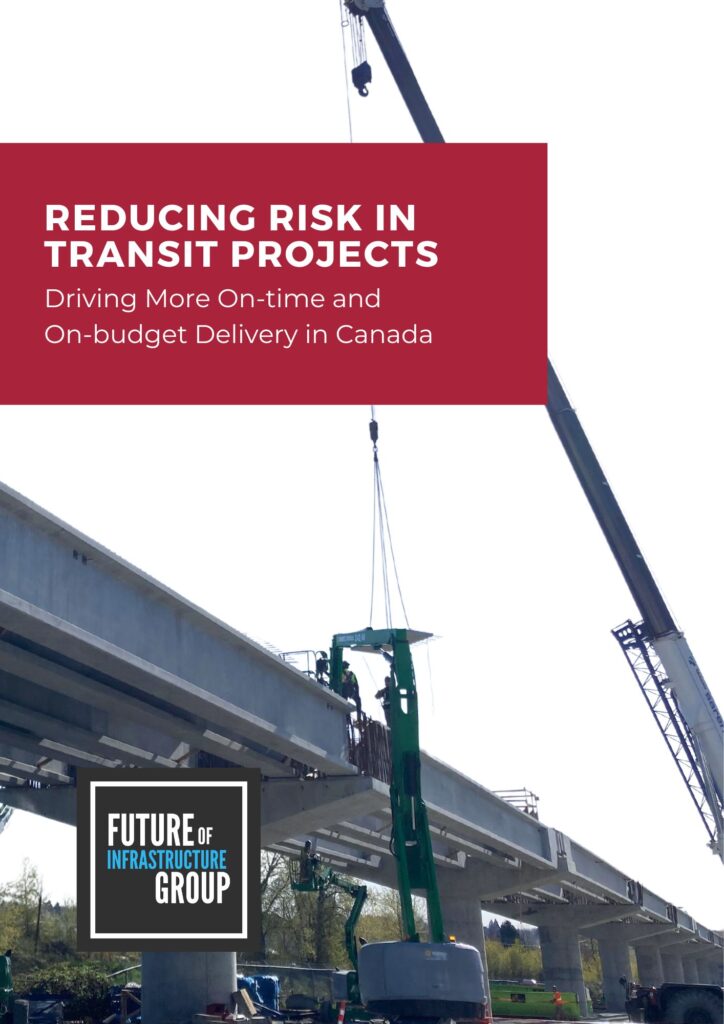Reducing Risk in Transit Projects
Published February, 2024
IMAGE CREDIT: WorldofDominic / Shutterstock.com
Large and complex transit projects require a diligent approach to identifying and managing risks that underpins all projects at every stage. While different procurement models may be better suited for different types of projects and their unique local considerations, risk is a constant that must be addressed regardless. There are opportunities to take best practices from different procurement models, and different projects, and apply them more widely.
Tackling project risk would benefit government, industry, and communities living through construction. The solution to handling risk cannot be too reliant on allocating it to others, particularly if these risks are unclear, potentially hard to control, or difficult to quantify. Project teams need to diligently identify and quantify risk from the start, find smart ways to work together to deal with these risks, and restrict the impact they could have on project delivery, and finally identify who is best suited to manage the risk.
These risks are often exacerbated by the ability or confidence to make decisions on site quickly and move on with project work. Unbalanced contracts that push risk to one party and budgets that do not consider the cost of risk can set up a project for failure. Empowered decision-making and a shared commitment to problem-solving help to maintain a positive working environment and good relationships for the benefit of the project. If issues cannot be resolved on site there must be strong governance to reach decisions within specified timelines, and where there are disagreements, disputes should be resolved quickly, fairly, and proactively.
Key Themes
- Building the Right Project Environment: Pxmroject success is often shaped very early through how procurement and contract documents are crafted, and how the market and community is engaged around the project to identify risks and tapping into the collective project wisdom to best handle risks.
- Getting a Good Start: There is a lot of work that goes into project planning by government agencies, then through procurement as the contract is awarded it is important that momentum is not lost. Delays early on can reverberate through the project.
- Working Together: There are very few risks that do not require some degree of support to manage or resolve, and without good communication and working together collaboratively to solve issues, successful project delivery becomes infinitely harder.
- Focusing on the End Goal: The project will be judged as a success when trains are rolling with passengers, and considering the operations early will provide enough runway for testing and commissioning. All good work is forgotten if the train does not start carrying passengers.

